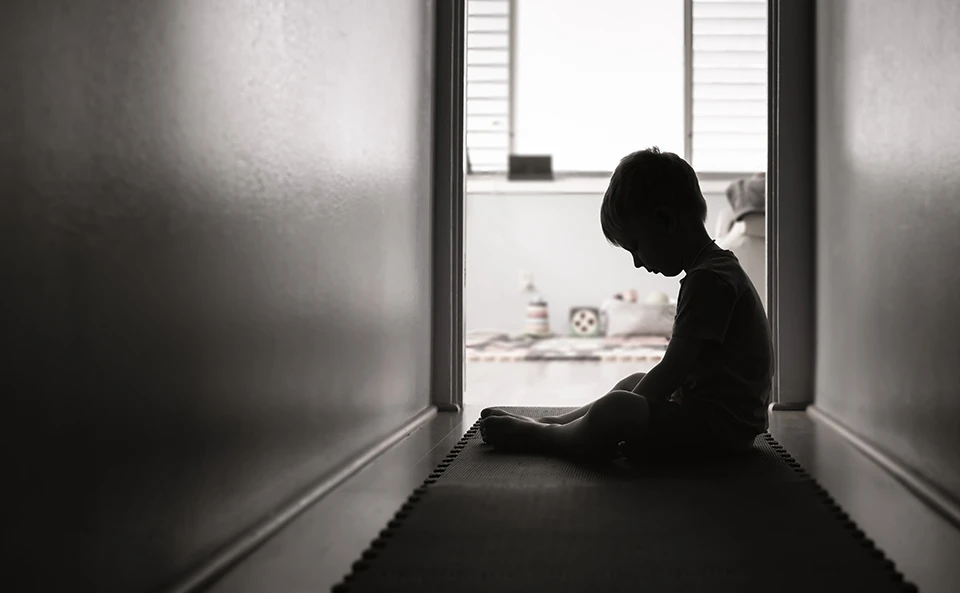Child abuse is a dangerous and distressing reality that affects numerous children across the United States. By knowing how to identify the signs, report suspicions, and engage in open conversations with children, we can empower ourselves to make a difference. This article provides valuable information on reporting child abuse, recognizing signs, and effectively communicating with children on this sensitive issue. Let’s stand together and prioritize the safety and well-being of our children.
Childhelp National Child Abuse Hotline 24/7 (1-800) 4-A-Child or (1-800) 422-4453
Recognizing Signs of Child Abuse
Child abuse can manifest in various forms, including physical abuse, sexual abuse, emotional abuse, and neglect. Recognizing the signs of abuse is crucial in identifying potential victims and intervening early. Common signs may include:
1. Physical abuse
- Unexplained bruises, welts, or injuries in various stages of healing
- Frequent injuries or injuries inconsistent with the explanation given
- Fear of going home or being around specific individuals
2. Sexual abuse
- Difficulty walking or sitting
- Behavioral changes such as sudden aggression or withdrawal
- Inappropriate sexual knowledge or behavior for the child’s age
3. Emotional abuse
- Drastic changes in behavior, such as extreme shyness or aggression
- Low self-esteem, self-destructive tendencies, or developmental delays
- Lack of emotional attachment to caregivers, not seeking comfort or affection
4. Neglect
- Poor hygiene, consistently dirty or inappropriate clothing
- Malnutrition, begging for or stealing food
- Frequent absences from school without a reasonable explanation
Reporting Child Abuse
If you suspect child abuse, reporting it is crucial in ensuring the safety of the child. Follow these steps to report child abuse in the United States:
1. Document your observations
Note down any details regarding the observed abuse or signs that raise concerns. Document dates, times, locations, and any other relevant information.
2. Contact the appropriate authorities:
In the United States, child abuse should be reported to Child Protective Services (CPS) or a local law enforcement agency. Find the contact information for your local CPS office or non-emergency police number.
3. Make a report:
When contacting the authorities, provide them with factual information regarding your observations and concerns. Remember that you don’t need definitive proof; it is their role to investigate further.
4. Follow up if necessary:
If you believe your report hasn’t been adequately addressed, follow up with authorities to ensure appropriate action is taken. Be persistent in your pursuit of child safety.
Communicating with Children About Child Abuse
Engaging in open and age-appropriate conversations with children about child abuse can help them understand boundaries, recognize potential dangers, and feel comfortable reporting mistreatment. Here are some essential tips:
1. Create a safe environment
Find a quiet, comfortable space where the child feels secure and can freely express their thoughts and concerns.
2. Use age-appropriate language
Explain the concept of body boundaries and what constitutes appropriate and inappropriate touch based on the child’s maturity level. Focus on teaching them that it’s okay to say “no” when something makes them uncomfortable.
3. Encourage open dialogue
Let the child know they can trust you by actively listening, offering support, and assuring them that disclosing abuse is the right thing to do.
4. Teach them emergency contacts
Ensure the child knows who to reach out to if they ever feel unsafe or need immediate help, such as a trusted adult or helpline.
Protecting Our Future
Reporting child abuse is an ethical and legal responsibility we all bear. By familiarizing ourselves with the signs of abuse, confidently reporting suspicions, and engaging in honest conversations with children, we can create a safer environment for our most vulnerable members of society. Together, let’s stand against child abuse and protect the well-being and future of every child in the United States.
Childhelp National Child Abuse Hotline 24/7 (1-800) 4-A-Child or (1-800) 422-4453
